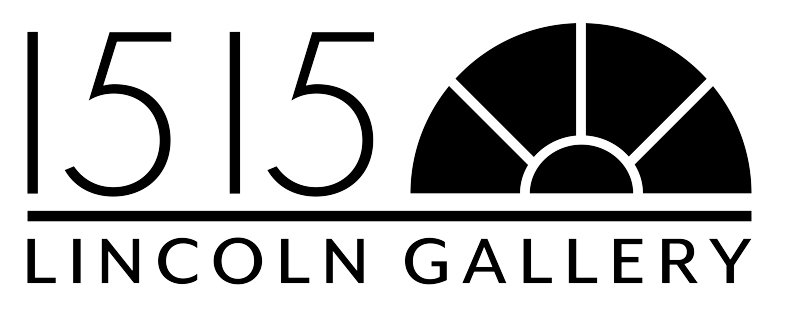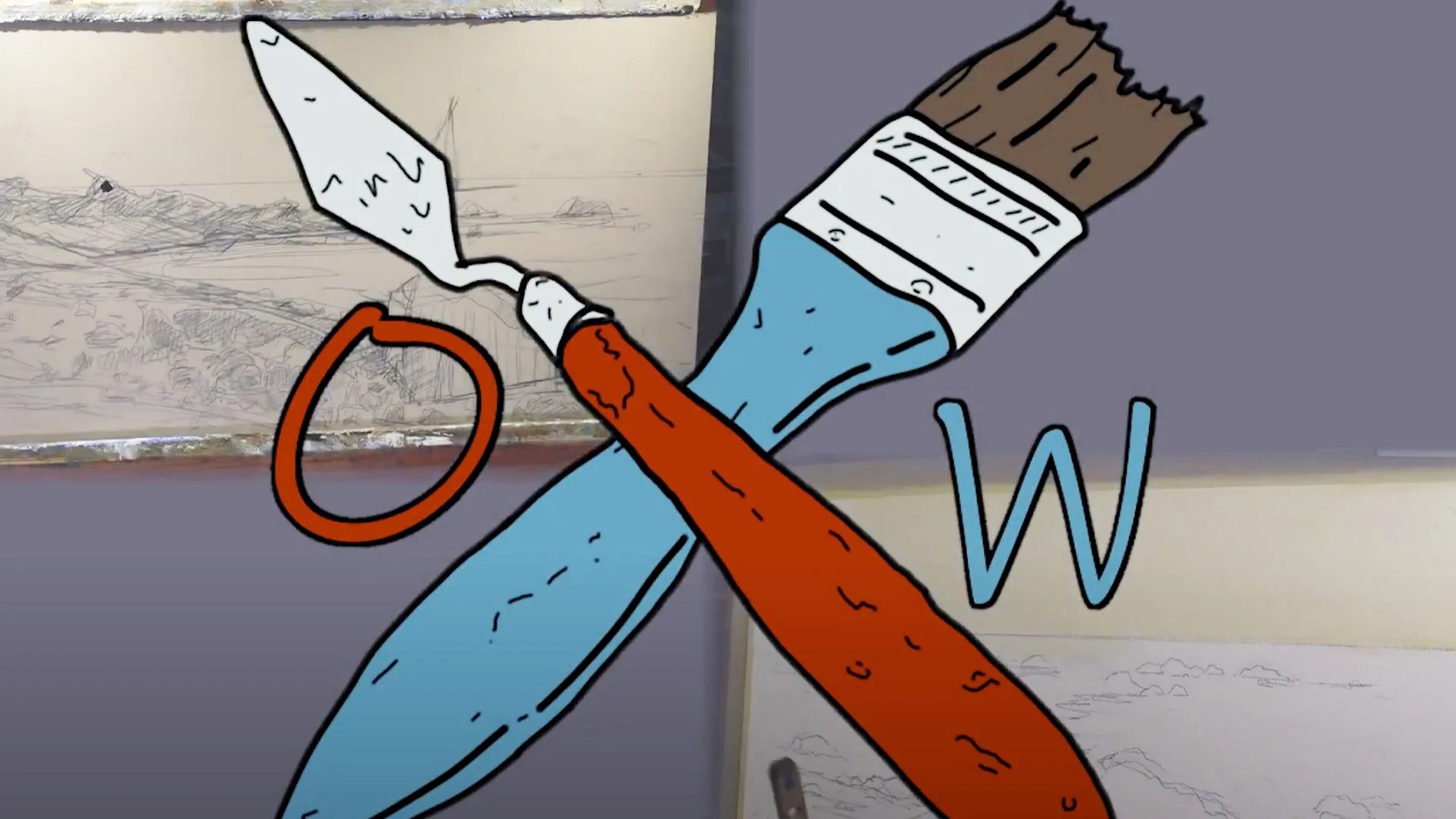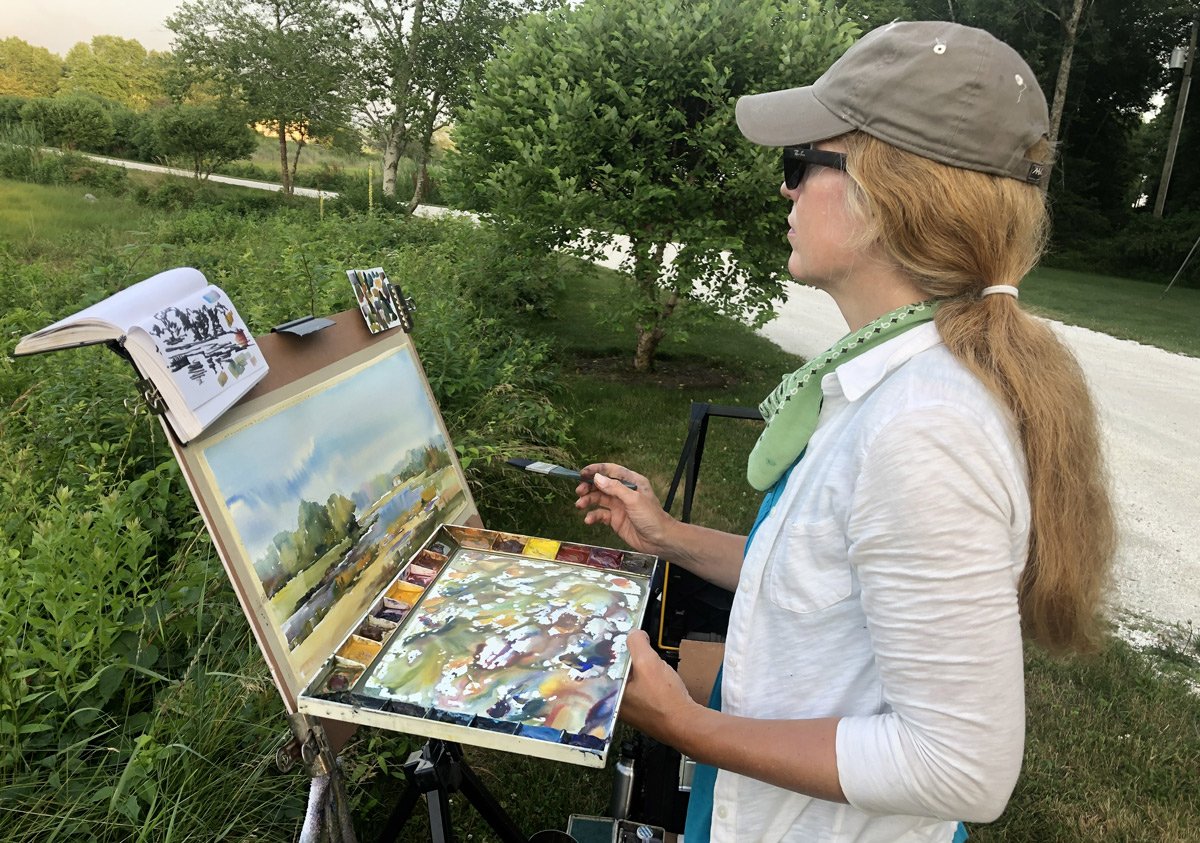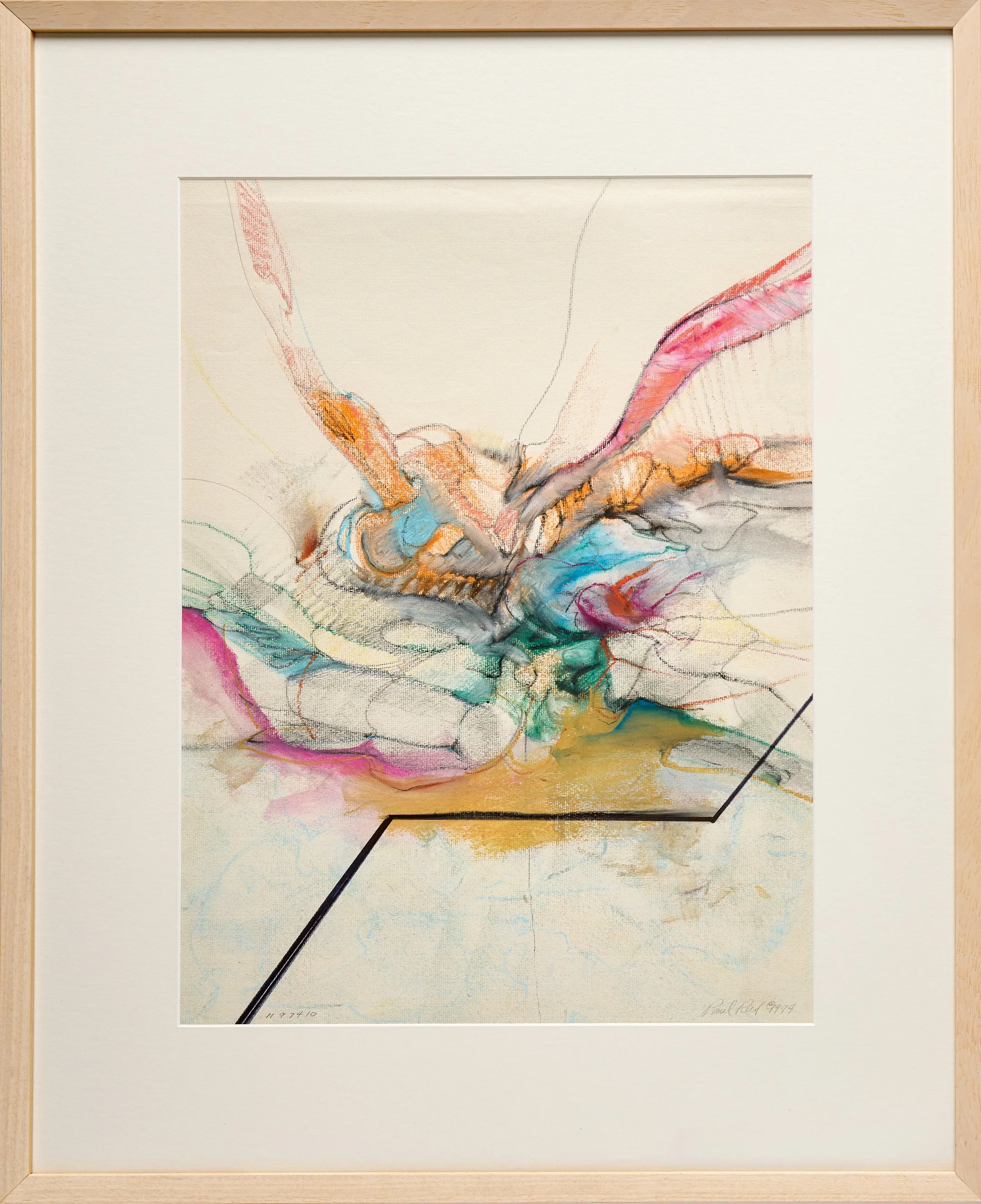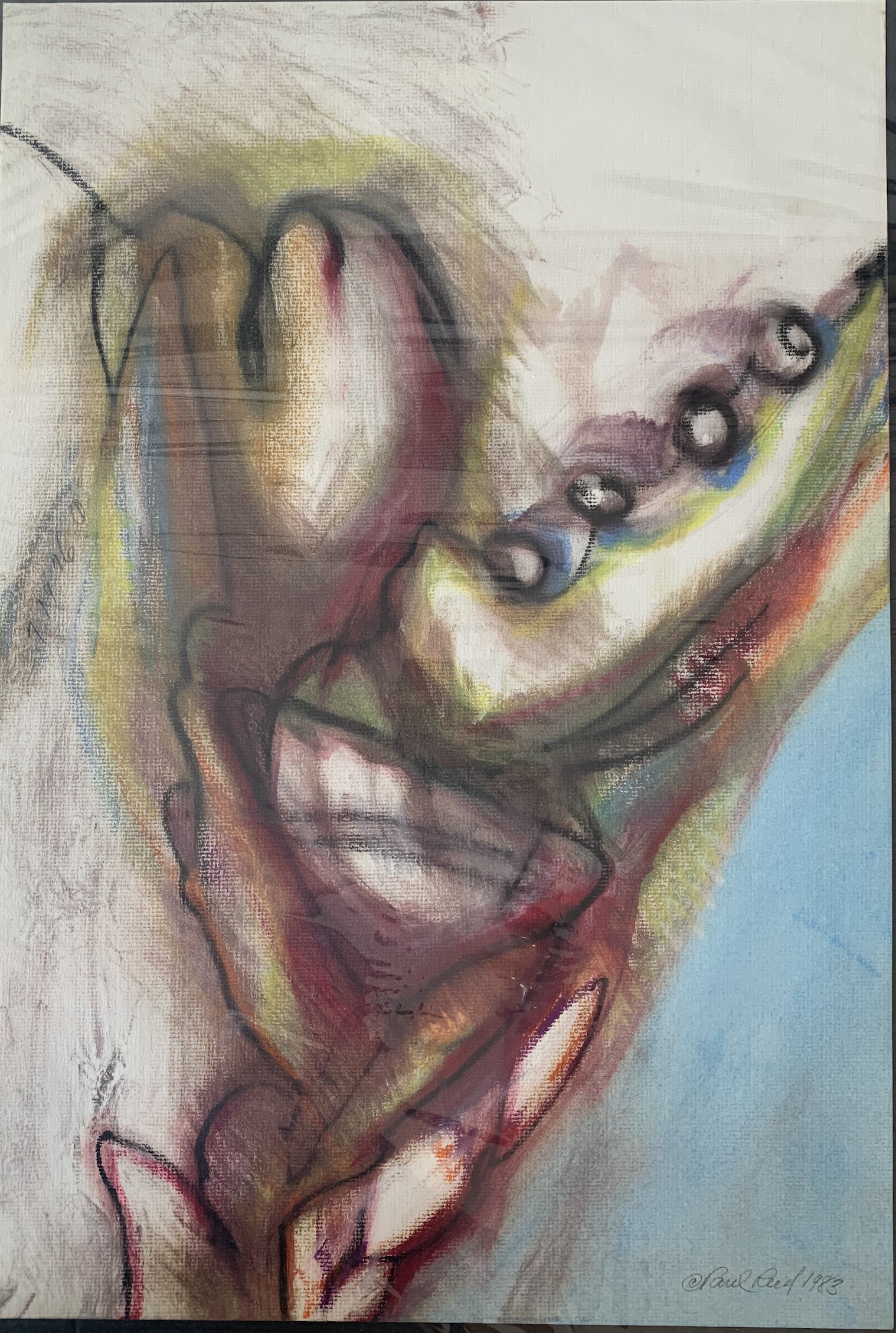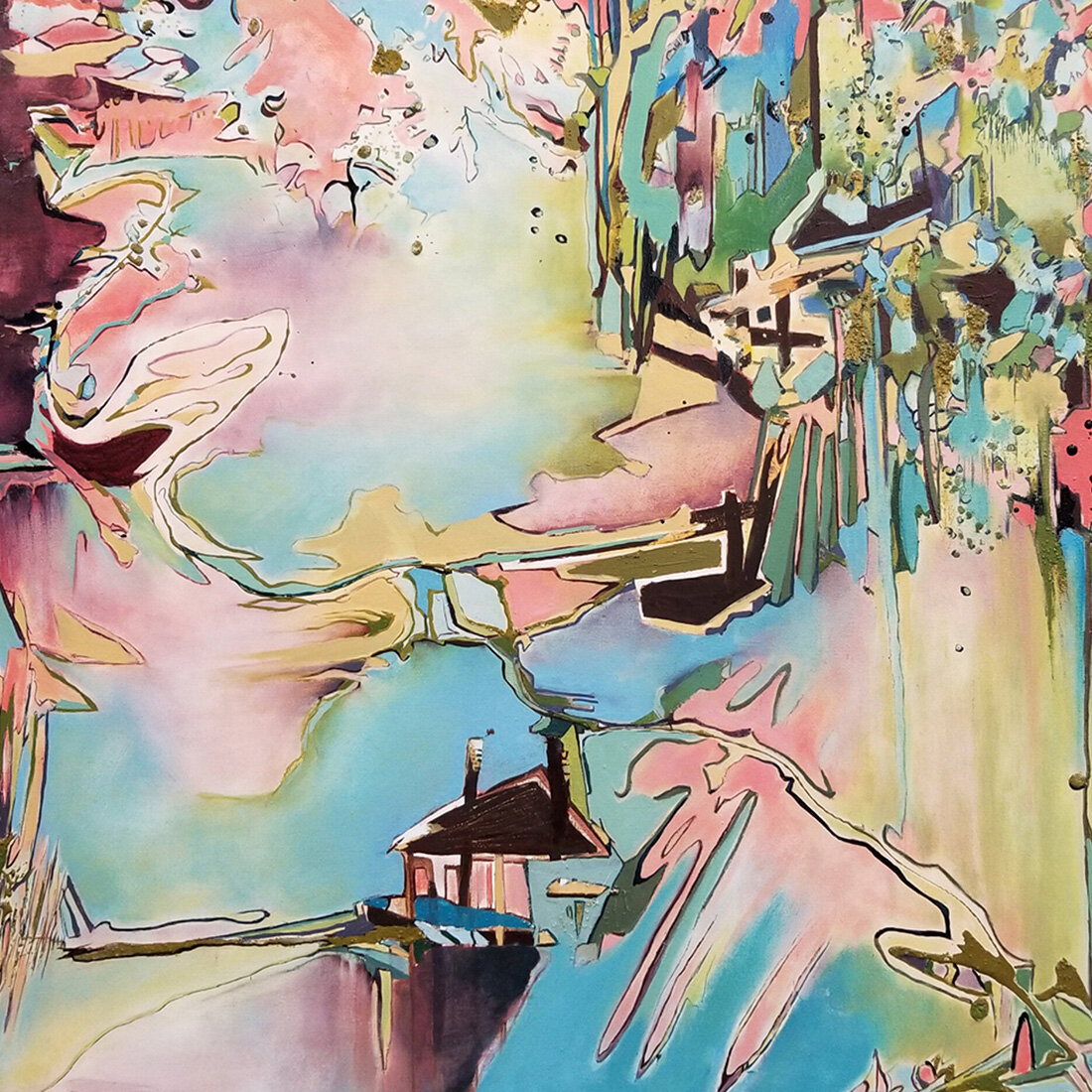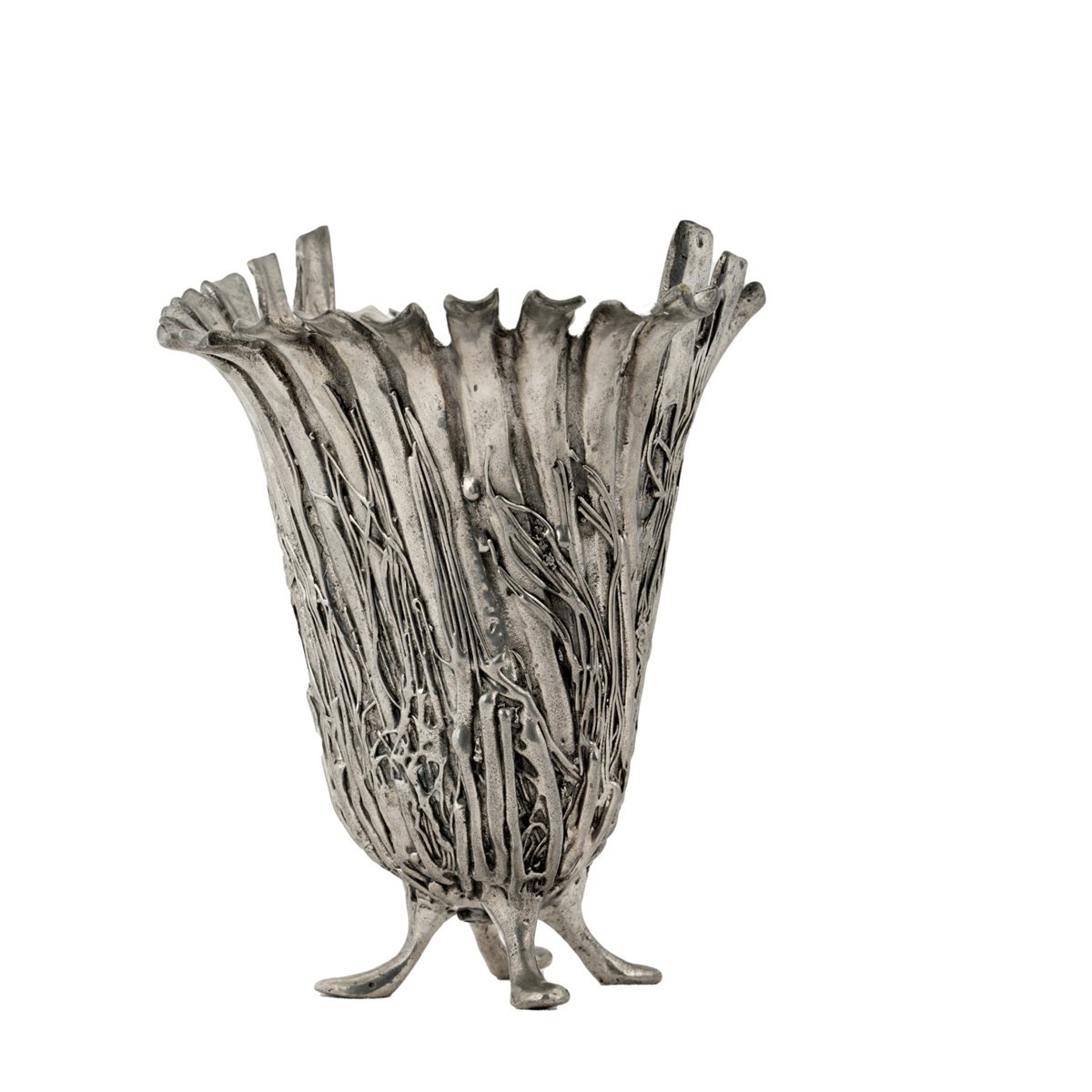Lisa MIceli
“I want the viewer to be drawn in by the color, composition and imagery of my paintings so that they can explore, find what’s hidden, and see in the painting what is meaningful for them.”
BIOGRAPHY
My artistic journey started with my grandmother who was a WPA artist and a watercolorist her whole life, and who continually encouraged me to pursue my watercolor painting. During my 20+ years working as a clinical psychologist, art was essential for me, and helping people as a therapist influenced my appreciation of the human condition which is integral to my art. I studied the medium of watercolor by taking workshops and classes, and studied with British watercolorist Ron Ranson. Now as a full-time artist and art educator, my teaching focuses on expressive watercolor and helping students to find their voice. Plein air painting and teaching, which is about completely immersing in the moment, has allowed me to reflect on concepts of timelessness in my abstract work.
ARTIST INSIGHTS
How are your background and life experiences connected to your art?
My grandmother, Lucille Gauthier was an enduring influence on my work: she was an illustrator, watercolorist, and WPA artist during the Great Depression who painted watercolors preserving American artifacts in art form, and who painted into her late 90’s. She encouraged me to develop my watercolors and my voice as an artist, and her illustrative style has influenced the development of my watercolor style. My previous work helping people for 20 + years as a trauma and family therapist influenced themes that emerge in my artwork which include family and relationships, connection with others and with the natural world, and how beauty and creativity provide enduring sources of healing. My experiences growing up in a large family, and as a mother, are echoed in my work which reflects the challenges of family and parenthood.
Who are some of your biggest artistic influences?
All of the artists who are significant influences on my work have one thing in common, a sense of spirit and conveyance in their artwork. My grandmother was an enduring influence, a WPA artist and watercolorist, she encouraged me to develop my expressive watercolor style. I studied with British watercolorist Ron Ranson, who taught me about the use of the hake brush to achieve a sense of atmosphere and freedom in watercolor, and with Bob Noreika who focuses on loose expressive watercolor techniques. I grew as a plein art painter studying with Howard Park whose impressionist landscape oil paintings helped me to convey the immediacy of the moment, and who also taught me about art restoration which has given me a greater appreciation of how artists solve problems using different mediums. Influenced by the surrealism of Frida Kahlo and her use of symbols to convey inner experiences, as well as Elaine DeKooning’s abstract expressionism combining mythology and imagery, I endeavor to evoke feeling through use of symbolism and story-telling. Other important influences are Joseph Zbukvic’s atmospheric plein air watercolor city and landscapes, Frank Webb’s loose watercolor approach pushing the boundaries of perspective, and the narrative, illustrative work of Winslow Homer.
How have you developed your artist career?
I developed my career through ongoing learning by taking classes and workshops while working as a psychologist. Now as a full-time artist and art educator, I am so grateful to be able to paint every day, teach, and do art restoration, all which have enhanced my development as an artist, and allow me to share my love of art with others.
What does your artistic work intend to communicate to its audience?
I hope that the viewer will see in my paintings the symbols and elements that are important to them. I want to share the personal and universal elements of being human; family, parenthood, relationships, connection and disconnection, and the power of creativity, beauty and the natural world to calm and soothe amidst the questions of everyday life.
Does your work comment on any current social or political issues?
My work develops intuitively and is drawn from personal experiences, and from my previous work helping others as a clinical psychologist. My art invites the viewer to explore and find what may be hidden and what is meaningful to them. In my abstract expressionist latticeWorks collection I endeavor to convey the ways in which lattice reveals and hides beauty and uncovers difficult truths, and the way we simultaneously look through, are observed and are part of the latticework of life.
Do you have a particular story that stands out from your career as an artist?
The latticeWorks watercolor series explores themes of the restorative power of nature and creativity. This connection with nature and art were important for me during COVID restrictions, where I was fortunate to be able to continue to paint and teach plein air painting outside, as museums closed and indoor art classes were not available. A triptych of the latticeWorks paintings received the Pamela J. Nelson watercolor award from Patricia Hickson, curator of Contemporary Art at the Wadsworth Atheneum Museum of Art in CT: This was significant for me as an acknowledgment of this works’ unique approach using watercolor in abstract expressionism.
What is one thing you would like your audience to know about you?
I believe connection with others is the most important aspect of art, and if I can help others through teaching that will be an enduring contribution. I want to share my love of art and creativity with others, to help them find their voice as artists through teaching and through my paintings. My previous work as a clinical psychologist is a very important part of my legacy and has influenced my appreciation of the human condition which is integral to my art.
Which current art world trends are you following?
I follow the work of multiple artists with a focus on the sense of spirit in their art regardless of theme or technique. I am very interested in expressionism, impressionism, surrealism, and feminist art, and how the beauty and composition of the painting conveys messages in ways that words cannot. I try to understand the message of each artist when I am viewing a piece of artwork, and how their cultural background, ethnicity, and gender identity might influence their work.
Why have you chosen to sell your work in the Objets Trouvés gallery?
The gallery’s focus on art as a universal language that connects us all resonates with the work I am developing. In my art I hope to invite the viewer to connect with imagery in the painting which may be personal or universal, and to explore how the symbols and narrative might be meaningful to them.
Why have you chosen to sell your work in the Objets Trouvés gallery?
The gallery’s focus on art as a universal language that connects us all resonates with the work I am developing. In my art I hope to invite the viewer to connect with imagery in the painting which may be personal or universal, and to explore how the symbols and narrative might be meaningful to them.
WATCH
Watch the third episode of 'Oil & Water', Lisa & Howard Park comment on their recorded paintings in a time-lapse.
ARTIST STATEMENT
In my work I endeavor to share a narrative that is both personal and universal, that invites the viewer to translate the visual elements and see in the painting what is meaningful for them, and to evoke feeling through the use of symbolism, color, and story-telling. The theme of my abstract expressionist series “latticework” describes the ways in which lattice creates beauty, hides flaws and difficult truths, and the way we simultaneously look through, are observed, and are part of the latticework of life. The ink and watercolor series, "Imaginary Lines" reflects themes of childhood, family, womanhood, and the cycles of life viewed through the feminine lens. In this body of work, the imaginary lines emerge intuitively and then are brought to life with purposeful color.
Lisa Miceli at work
Ancestor by Lisa Miceli
“I hope that the viewer will see in my paintings the symbols and elements that are important to them. ”

Lisa Miceli’S AVAILABLE ART
“In my work I endeavor to share a narrative that is both personal and universal, that invites the viewer to translate the visual elements and see in the painting what is meaningful for them, and to evoke feeling through the use of symbolism, color, and story-telling. ”
